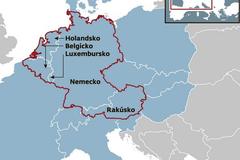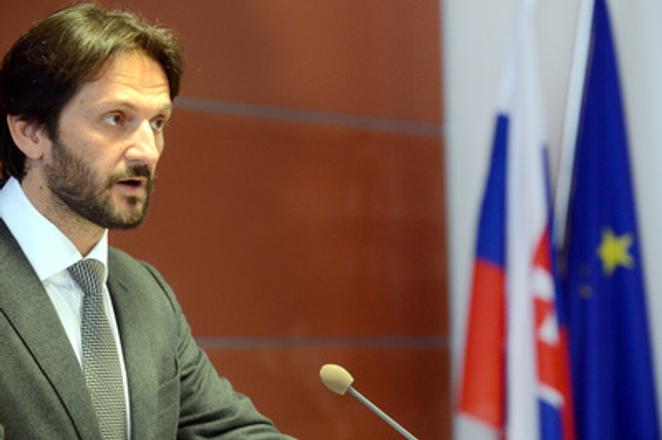Dutch media had explained that “mini-Schengen” should include five EU-member states – Luxembourg, Belgium, the Netherlands, Germany and Austria, which would be a significant drop compared to the current 26 members of Schengen zone.
Instead, the meeting attended by EU interior ministers, including the Slovak one, initiated a set of measures for five countries that represent final destinations for migrants: the Netherlands, Belgium, Germany, Austria and Sweden, the Sme daily wrote. Amsterdam wanted to introduce checks at its border crossings but not along the entire state border in order to be able to better verify the identity of those who had not been checked adequately in other EU countries before.

Such a measure was designed to send a certain message to those EU member states that do not respect the protection of outside Schengen borders, conceived as a form of pressure upon the culprit states; but was automatically rejected by the European Commission as well as other interior ministers.
Especially the Greek border security checks should be reinforced, however, Slovak Interior Minister Robert Kaliňák said, as quoted by the TASR newswire. Other measures like exchange of information or crackdown on the arms trade were discussed, too. The proposal should also include taking of fingerprints of all migrants entering the Schengen area, more effective exchange of information about suspected persons and sensitive information related to terrorist threats – including how terrorists obtain financing.



 Slovak Interior Minister Robert Kaliňák (source: TASR)
Slovak Interior Minister Robert Kaliňák (source: TASR)